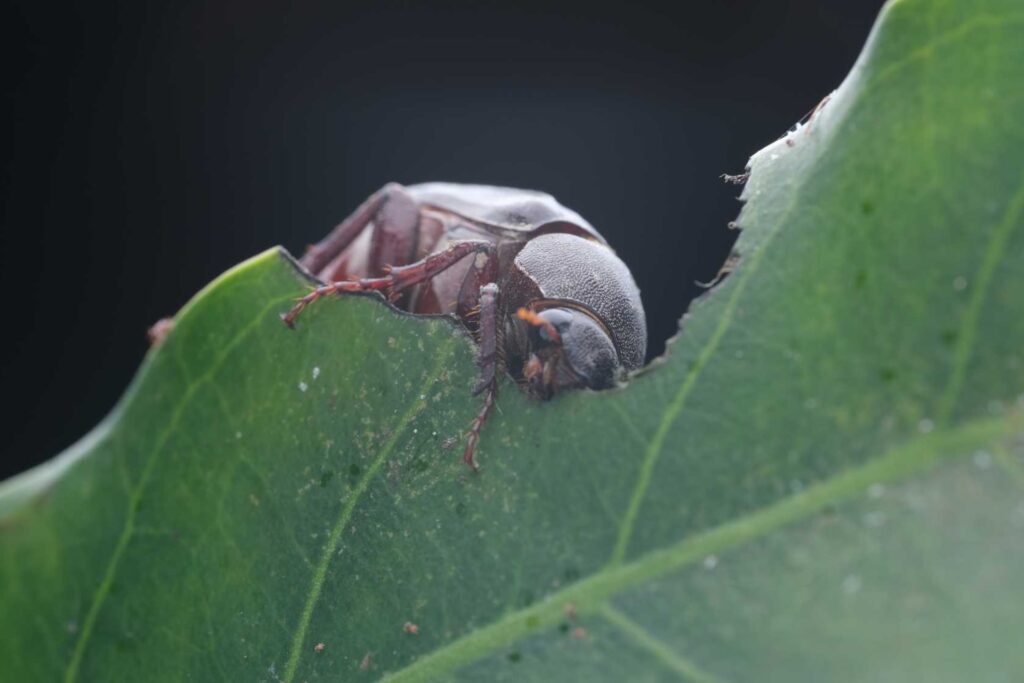Life on Earth moves around the planet in a 24-hour cycle. Animals and plants, like us, have a circadian clock that controls their body metabolism and behavior. But a certain cockroach is not in harmony with the prevailing trend of nature. In a new study, researchers have investigated a cockroach that has a unique 48-hour day and night cycle.
As the earth rotates, our physiological clock also changes. Daylight controls the circulation of our body’s timer molecules. These molecules regulate body function, sometimes in conjunction with sex hormones, sometimes acting alone, but always leading the way.
Professor Lille and his colleagues from the University of California, Davis, in an amazing study, have discovered timing molecules that They work in a completely different way. Cipher cockroachHolotrichia parallela), is a species of dung beetle or horned beetle that seems to control its body clock in the hands of sex hormones. Sex hormones create an internal rhythm in the body of this cockroach, which makes its circadian cycle to be about 48 hours instead of the usual 24 hours.
The start and end of the Cipher beetle’s strange internal clock takes twice as long as a circadian cycle, which is why this cycle is called Two-night rhythm (Circa”bi”dian Rhythm) is known. behaviors Some other animals It also corresponds to a diurnal cycle, including the behaviors of humans, mosquitoes, and cockroaches, but the mechanism that generates the 48-hour cycle remains unknown.
The body cycle of some people also corresponds to the rhythm of two days and nights
48-hour rhythm is very rare in nature. This strange beetle, notorious in Asia as a destructive crop pest, can see its mate every night. Females emerge from their earthen homes at night to climb high (for example, on a small peanut plant) and attract the attention of their mates by releasing attractive pheromones called LIME and L-linalool. Males also react to this perfume very easily and quickly.
The research group initially identified the sex pheromone receptors of cockroaches and monitored their activity through molecular products and electroretinography that measures the reaction of the cockroaches’ tentacles. For comparison, the researchers also tested the beetles’ response to a plant variable. While the beetles’ receptors responded to both LIME and L-linalool pheromones separately, the strongest signals were obtained when both pheromones were combined.
The dual response of the tentacles showed the same two-night (24-hour) pattern in chemical and electrical signals, while the response of the beetles to plant variables had no effect on the cycle. The results of the experiment are mysterious because biological cycles are usually synchronized with cues in the external environment, such as light or temperature. But there is no known natural cycle that fits 48 hours.
“The diurnal rhythm reduces mating opportunity but minimizes the risk of predation,” the researchers explain. “This beetle faces no known predation pressure.”
Previous research shows that although darkness does not disrupt the 48-hour cycle, light still plays a role; Because removing the visual lobes of cockroaches causes them to lose their coordination.
“Thus, there appears to be a mechanism for doubling clock cycles in the circuit between clock cells and behavioral command neurons,” the researchers conclude.
In some cases, unfavorable conditions must have caused the cockroaches to limit their presence to a two-day cycle. But what exactly causes their bodies to react in such unique harmony remains a fascinating mystery.
The findings of the study in Current Biology It has been published.



